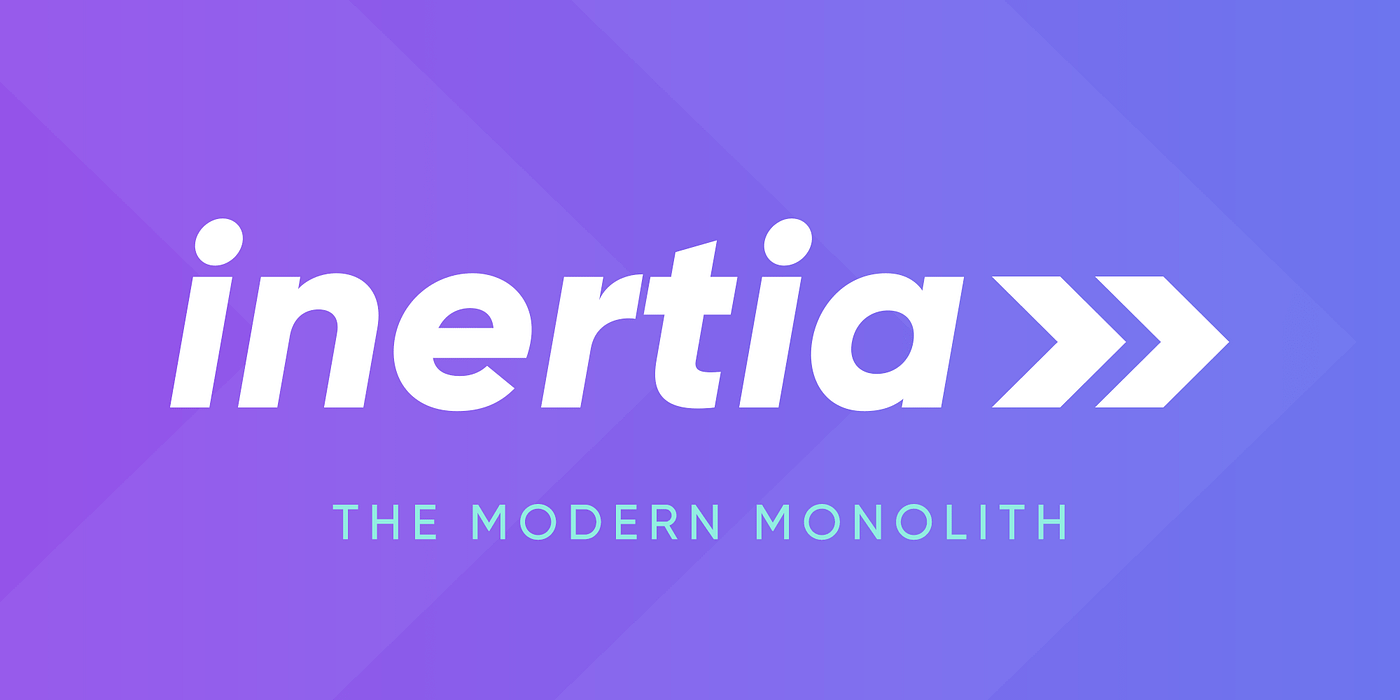Integrating Inertia.js with Laravel and React - An Introduction
 Favour Orukpe
Favour Orukpe
Integrating Inertia.js with Laravel and React - An Introduction
The incorporation of Inertia.js with Laravel and React represents a major advancement in the ever-evolving field of web development. A simplified method for developing dynamic, user-focused applications is provided by this blend. React's agile frontend and Laravel's strong backend capabilities are combined in this framework that bridges the gap between server-side and client-side languages.
Without requiring a complicated API layer, Inertia.js transforms the process of building Single Page Applications (SPAs). Laravel's server-side routing and controllers make it possible to create fully client-side rendered applications. Creating API-driven SPAs is made easier for developers with this method, which leverages the power of frontends such as Vue, React, or Svelte integrated with a Laravel backend.
React's component-based architecture works well with Inertia's methodology to make complex and interactive user interfaces easier to create. React makes sure the user interface is updated regularly to match the state of the application, which improves the user experience.
This integration makes use of Laravel's server-side functionalities, such as data handling and authentication, while React takes care of rendering dynamic content. This collaboration produces clean, maintainable code and an improved user experience by accelerating development, streamlining maintenance, and fostering a unified workflow. The combination of Laravel, React, and Inertia.js has revolutionized the development of web applications by streamlining processes, reducing client-server communication, and opening the door for complex, high-performing online applications.
It is also possible to add login, registration, and password reset features more easily with Inertia.js since it provides scaffolding components designed specifically for authentication. Projects that need reliable and effective authentication methods will especially benefit from this.
Besides, Inertia.js includes a dashboard starter kit that includes pre-made layouts and necessary user interface elements. It can save a lot of time to use this starter kit, especially for projects that require a simple dashboard structure right out of the box.
Lets create a simple Hello World component using inertia.js and React with Laravel Breeze scaffolding.
Step-by-Step Guide: Setting Up Laravel Breeze with React and TypeScript
Prerequisites
Ensure PHP (7.4 or later), Composer, Node.js, and npm are installed.
Step 1: Install Laravel Installer Globally
1. Install Laravel Installer globally with Composer
composer global require laravel/installer
2. Add Composer's global bin directory to your "PATH".
Step 2: Create a New Laravel Project
Create a new project:
laravel new inertia-react
Step 3: Install Laravel Breeze with React
1. Navigate to your project directory:
cd inertia-react
2. Install Laravel Breeze:
composer require laravel/breeze --dev
3. Install Breeze scaffolding with React support. When prompted, select 'React' for the frontend stack:
php artisan breeze:install react
Step 4: Set Up TypeScript
1. Install TypeScript and loaders:
npm install typescript ts-loader @types/react @types/react-dom --save-dev
2. Create a `tsconfig.json` file and add the following code
The provided text appears to be a configuration for a TypeScript project, specifically the tsconfig.json file. This file is used to specify the root files and the compiler options required to compile a project. Here is how you can arrange and understand it:
{
"compilerOptions": {
"target": "es5",
"module": "es2015",
"strict": true,
"jsx": "react",
"allowJs": true,
"moduleResolution": "node",
"esModuleInterop": true,
"skipLibCheck": true,
"forceConsistentCasingInFileNames": true,
"baseUrl": "./",
"paths": {
"@/*": ["resources/js/*"]
}
},
"include": ["resources/js/**/*.ts", "resources/js/**/*.tsx", "resources/js/**/*.d.ts"]
}
Step 5: Compile and Run
1. Install NPM dependencies and compile:
npm install
npm run dev
2. Start Laravel development server:
php artisan serve
During installation, if you encounter selectable menus, choose 'Breeze' as the starter kit, 'React' as the frontend framework, and 'TypeScript' for scripting. For testing, select 'PHPUnit'. You may also choose to initialize a git repository or not, based on your preference.
Now, your Laravel application with Breeze, React, and TypeScript is ready. You can start building your components in TypeScript under `resources/js`.
Now that the Laravel application is successfully configured with Breeze, React, and Typescript, let's render a view page using Inertia.js and talk about its significance for form management, SEO, and its scaffolding components.
Rendering a View Page with Inertia.js
After setting up your Laravel application, you can render pages using Inertia.js. Here's how to do it:
You will find the current views and components inside <project_folder>/resources/js folder.
1. Create a Route:
Define a route in your `routes/web.php` file. This route will use Inertia to render the React component:
use Inertia\Inertia;
Route::get('/hello', function () {
return Inertia::render('Hello');
});
2. Create a React Component:
Create a new `Hello`.tsx component under the `resources/js/Pages` folder in your Laravel project:
import React from 'react';
import { Head } from '@inertiajs/react';
interface HelloWorldProps {
name: string;
className?: string;
}
const HelloWorld: React.FC<HelloWorldProps> = ({ name, className }) => {
return <div className={className}>Hello, {name}!</div>;
};
const Hello: React.FC = () => {
return (
<div className="flex justify-center items-center min-h-screen">
<Head>
<title>Hello Inertia</title>
</Head>
<HelloWorld className='text-center' name="Inertia.js" />
</div>
);
};
export default Hello;
3. Visit the Page:
Start your Laravel server and navigate to `http://localhost:8000/hello` in your browser. You should see the rendered React component.
Importance of Inertia.js for SEO and Form Management
1. SEO Benefits:
While SPAs often struggle with SEO due to their dynamic nature, Inertia.js can mitigate some of these challenges. It allows the server to send fully-rendered HTML to the client, making the content more accessible to search engine crawlers. This approach is beneficial for improving the SEO of an SPA.
2. Form Management Benefits:
Inertia.js simplifies form handling in SPAs. It provides a way to manage form submissions, validation, and error handling in a more streamlined manner. This is particularly useful in complex forms where state management can become cumbersome.
Conclusion and Next Steps
In this article, we've explored how to render view pages with Inertia.js in a Laravel application using React and TypeScript. We also touched upon the importance of Inertia.js for SEO, form management, and its scaffolding components. This setup lays the groundwork for creating sophisticated web applications with improved user experience and efficiency.
In our next article, we will dive deeper into the capabilities of Inertia.js, exploring advanced topics and best practices to leverage its full potential in modern web application development. Stay tuned for more insights and practical tips to enhance your Inertia.js journey.
Preview Source Code ! ❤️
Subscribe to my newsletter
Read articles from Favour Orukpe directly inside your inbox. Subscribe to the newsletter, and don't miss out.
Written by

Favour Orukpe
Favour Orukpe
Favour Orukpe is a Full-Stack Software Engineer proficient in React, React Native, TypeScript, PHP, Laravel, and Django. As a key member of the $mart Earners Team™, Favour focuses on innovative solutions. With a passion for seamless user experiences, Favour excels in both frontend and backend development, contributing to diverse projects with efficiency and creativity.